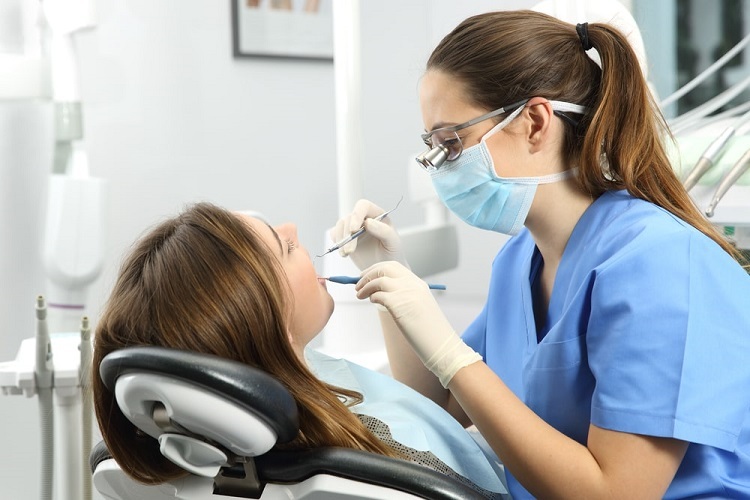Orthodontic problems are a common occurrence and most of them are treatable with traditional orthodontic solutions. However, there are cases where you may need surgical orthodontics due to severe skeletal issues. If you need Surgical orthodontics in Cedar Park, reach out to an expert today.
Table of Contents
What is surgical orthodontics?
Surgical orthodontics, medically known as orthognathic surgery, corrects the imperfections and irregularities in your jaw to improve your ability to speak, breathe, and chew–all of which will also enhance your facial appearance. This procedure is usually done in conjunction with orthodontic treatment to reposition your teeth to give that Hollywood smile that you’ve always wanted. Surgical orthodontics is the most effective way of correcting complex skeletal irregularities and guarantees excellent results.
When should you consider surgical orthodontics?
During your appointment at Freedom Orthodontics, Dr. Smith and his team perform a comprehensive medical exam of your mouth to determine if you’re eligible for surgical orthodontics. This procedure is only recommended in cases where other traditional orthodontic treatments have failed. You may need surgical orthodontics if you have the following signs:
· Jaw pain that worsens over time
· Difficulty biting or chewing solid food
· Dry mouth due to breathing through the mouth for long periods of time
· Trouble swallowing
· Receding chin
· Irregular appearance of your face from a sideways angle
· Obstructive sleep apnea
· Facial injury
· Excessive wear or breakdown of your teeth
If you also have misaligned jaws, Dr. Smith may recommend orthodontic surgery. This procedure improves your facial features, improving your general appearance. To be eligible for orthodontic surgery, you also need to be over 16 years old as a female or 18 years old as a male.
What happens during a surgical orthodontics procedure?
Before the procedure, Dr. Smith and his team take X-rays, models, and pictures of your teeth before creating your treatment plan. The team also injects you with general anesthesia to prevent you from feeling pain during the procedure. Dr. Smith usually performs this surgery inside the mouth to avoid facial scars on your jaw or chin. The team may make incisions on your jawbones and reposition them correctly. For extreme cases, the team may extract bones from legs, ribs, or hips to add to the jaw. Afterward, they hold your jawbones in place with screws, wires, and tiny bone plates to ensure that as you heal, the repositioned jaw bone remains in place.
What happens after a surgical orthodontics procedure?
After the procedure, you may need to take some time off from school or work as you recuperate. Initial healing may take about six weeks, but full recovery may take 9-12 weeks. Immediately after the procedure, you may notice mild bleeding, swelling, and nausea, which subside after a short while. Your face may also feel numb and have mild bruising for about three weeks which resolves after two or three weeks. Dr. Smith may also prescribe some pain killers and give you instructions on what to eat during the recovery period. Orthodontic surgeries usually require downtime. The team may fine-tune your treatment with Invisalign or braces 4-8 weeks after your surgery.
For more information about surgical orthodontics, call Dr. Smith or book your spot online.

